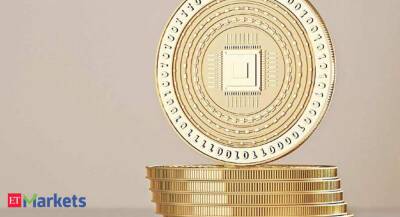Should You Short Ripple?
A market is ultimately defined by buyers and sellers of a good or service. In the context of modern finance and exchange platforms, having buyers and sellers making a market on either side of a tradeable asset is an instrumental aspect of liquidity. The ability to short assets, or effectively borrow an asset to sell and buy back later at a lower price, is considered a vital tool of the price discovery process. With the cryptocurrency market gradually evolving and gaining more widespread recognition, this feature has been added to certain exchanges, improving liquidity in an immature marketplace that often suffers from the sudden disappearance of bids and offers.
However, just because the rapid rise of cryptocurrencies makes certain short theses particularly juicy, it does not necessarily imply that shorting these instruments is without risk. One specific currency that has recently found itself square in the crosshairs of speculators is Ripple. Originally intended as a useful tool for financial institutions to conduct cross-border transactions at substantially reduced costs, Ripple is at the heart of a rapid rally being experienced in alt-coins as investors diversify their holdings. Despite its attractive degree of practicality and functionality, it does not necessarily mean that Ripple is destined to continue climbing in value unabated. Nevertheless, taking short positions, while potentially beneficial at opportune times, might not always be a sound strategy.
As more exchanges add a greater number of cryptocurrencies to their rosters of tradeable assets and crosses against other coins, the opportunity to short what many perceive as a bubble or mania has risen in popularity. In Ripple’s case, there are several
Read more on investopedia.com






















